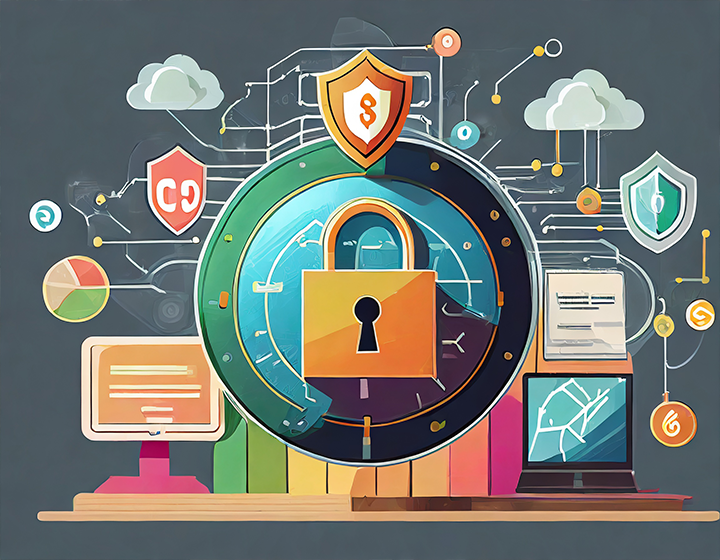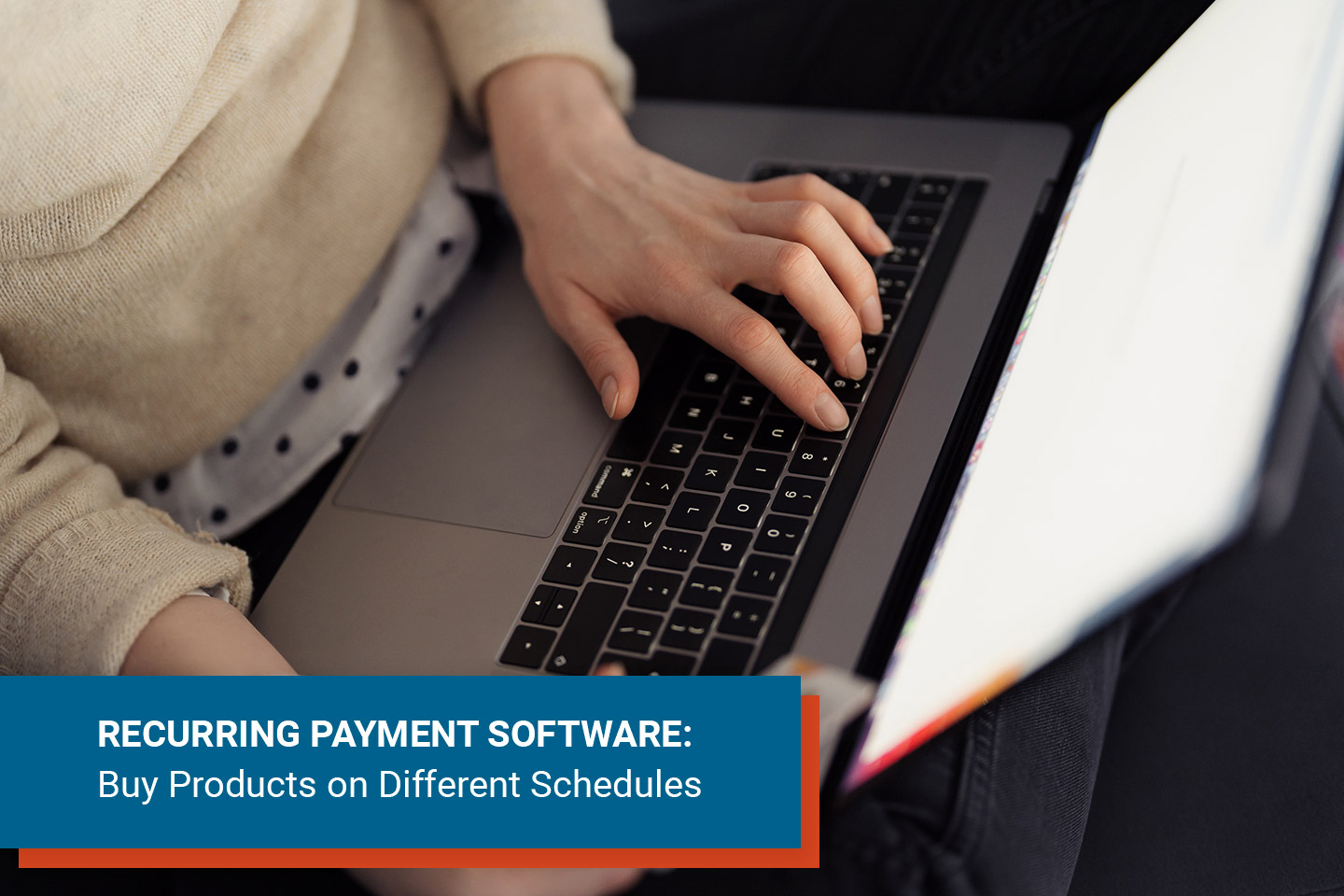Safeguarding Your Magento E-Commerce Store: Best Practices to Protect Against Threats
 Rachel Nelson
·
5 minute read
Rachel Nelson
·
5 minute read
Discover the essential measures to protect your e-commerce store from potential threats and ensure a secure shopping experience for your customers.

Image courtesy Adobe Firefly
Understanding E-Commerce Security
In the rapidly evolving world of e-commerce, understanding the importance of security is crucial. E-commerce security refers to the measures taken to protect an online store and its customers from potential threats and vulnerabilities. By implementing effective security practices, you can safeguard your Magento e-commerce store and provide a secure shopping experience for your customers.
One of the key aspects of understanding e-commerce security is recognizing the different types of threats that can target your online store. These threats may include hacking attempts, data breaches, malware infections, and unauthorized access to sensitive information. By being aware of these threats, you can take proactive steps to prevent them and protect your e-commerce store.
Furthermore, understanding e-commerce security also involves recognizing the vulnerabilities that exist within your online store. These vulnerabilities can arise from outdated software, weak passwords, unsecured payment gateways, and improper access controls. By identifying these vulnerabilities, you can address them and strengthen the security of your e-commerce store.
Identifying Common Threats and Vulnerabilities
To effectively safeguard your Magento e-commerce store, it is essential to identify common threats and vulnerabilities that may pose a risk to your online business. Some of the common threats include phishing attacks, SQL injection, cross-site scripting (XSS), and Distributed Denial of Service (DDoS) attacks.
Phishing attacks involve tricking users into revealing their sensitive information, such as login credentials or credit card details, through fraudulent emails or websites. SQL injection attacks exploit vulnerabilities in a website's database to gain unauthorized access or manipulate data. Cross-site scripting (XSS) attacks inject malicious scripts into web pages, allowing attackers to steal sensitive information or hijack user sessions. Distributed Denial of Service (DDoS) attacks overwhelm a website with a flood of traffic, causing it to become unavailable to legitimate users.
In addition to identifying threats, it is also important to recognize vulnerabilities in your e-commerce store. These vulnerabilities can include outdated software or plugins, weak passwords, unpatched security vulnerabilities, and insecure server configurations. By identifying these vulnerabilities, you can take appropriate measures to address them and minimize the risk to your e-commerce store.

Image courtesy Adobe Firefly
Implementing Strong Authentication and Access Controls
To strengthen the security of your e-commerce store, it is crucial to implement strong authentication and access controls. Authentication refers to the process of verifying the identity of users accessing your online store, while access controls involve managing what actions users can perform within your store.
One of the key measures to implement strong authentication is to enforce the use of complex passwords. Encourage your customers to create strong passwords by setting requirements for minimum length, including a combination of uppercase and lowercase letters, numbers and special characters. Additionally, consider implementing two-factor authentication, which adds an extra layer of security by requiring users to provide a second form of verification, such as a unique code sent to their mobile device.
When it comes to access controls, it is important to grant the appropriate level of access to different user roles within your e-commerce store. Assign different roles, such as administrators, employees and customers, with specific permissions based on their responsibilities. Regularly review and update these access controls to ensure that only authorized individuals have access to sensitive information and administrative functions.
Securing Payment Gateways and Customer Data
One of the critical aspects of e-commerce security is securing payment gateways and customer data. Payment gateways are the platforms that enable the secure processing of online transactions, ensuring that customer payment information is protected.
To secure Magento payment gateways, consider using reputable and PCI-DSS compliant payment service providers. These providers adhere to strict security standards to protect customer payment data during transmission and storage. Implement encryption protocols, such as SSL/TLS, to encrypt sensitive information during transit, preventing unauthorized access.
In addition to securing payment gateways, it is essential to protect customer data stored within your e-commerce store. Use secure databases and encrypt sensitive customer information, such as credit card details and personal data. Regularly monitor and audit your systems to detect any unauthorized access or breaches. Implement robust firewalls and intrusion detection systems to prevent unauthorized access to your servers and databases.

Image courtesy Adobe Firefly
Regularly Monitoring and Updating Security Measures
To maintain a high level of security for your e-commerce store, it is crucial to regularly monitor and update your security measures. This involves actively monitoring your online store for any suspicious activities or breaches.
Implement a robust security monitoring system that alerts you to any potential threats or vulnerabilities. Regularly scan your website for malware or vulnerabilities using security tools and software. Stay informed about the latest security updates and patches for your e-commerce platform, plugins, and other software components. Promptly apply these updates to address any security vulnerabilities and protect your store from potential threats.
Furthermore, regularly backup your e-commerce store's data to ensure that you can restore it in the event of a security incident or data loss. Test your backup and restore processes to ensure that they are working effectively. By implementing regular security monitoring and updates, you can proactively protect your e-commerce store and provide a secure shopping experience for your customers.

Image courtesy Adobe Firefly
8 More Ways to Protect Your Magento E-Commerce Store
1. Keep Magento Updated
Regularly updating your Magento platform is one of the simplest yet most effective security measures. Magento releases updates to patch security vulnerabilities and enhances overall system performance. Ensure that your store is running the latest version of Magento to benefit from the latest security enhancements.
2. Secure Your Hosting Environment
Choose a reputable hosting provider that prioritizes security. Ensure that your hosting environment meets Magento's system requirements and follows best practices for server security. Regularly update and patch server software to prevent vulnerabilities that could be exploited by malicious actors.
3. Use HTTPS
Secure the communication between your customers and your Magento store by using HTTPS. Install an SSL certificate to encrypt data transmitted between the web server and the user's browser. This is especially important for securing sensitive information, such as login credentials and payment details.
4. Regularly Backup Your Data
In the event of a security breach or data loss, having a recent backup is crucial for minimizing downtime and potential data loss. Regularly back up your Magento store, including the database and files, and store backups in a secure offsite location.
5. Monitor and Audit User Activities
Implement logging and monitoring tools to keep track of user activities, especially those with administrative privileges. Regularly review logs to identify any suspicious behavior or unauthorized access attempts. This proactive approach can help you detect and respond to security threats in a timely manner.
6. Restrict File Permissions
Limit the permissions of files and directories to the minimum necessary for your Magento store to function. This principle of least privilege reduces the potential impact of a security breach by restricting access to critical system files and directories.
7. Disable Unnecessary Services and Extensions
Every additional service and extension introduces potential vulnerabilities. Disable any unnecessary services or Magento extensions that are not essential for your store's operation. Regularly review and update the extensions you use, ensuring they come from reputable sources and have a history of security updates.
8. Educate Your Team
Human error is a common cause of security breaches. Educate your team, especially those with administrative access, about security best practices. Provide training on recognizing phishing attempts, the importance of strong passwords, and how to respond to potential security incidents.

Image courtesy Adobe Firefly
Wrapping Up
Safeguarding your Magento e-commerce store requires a multi-faceted approach that combines technology, best practices and ongoing vigilance. By following these Magento security best practices, you can reduce the risk of security threats, protect your customer's sensitive data and build a trustworthy online shopping experience for your users. It's also important to regularly reassess and update your security measures to stay ahead of evolving threats in the dynamic landscape of e-commerce.



